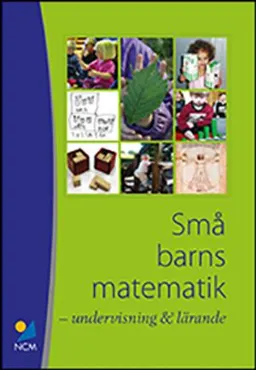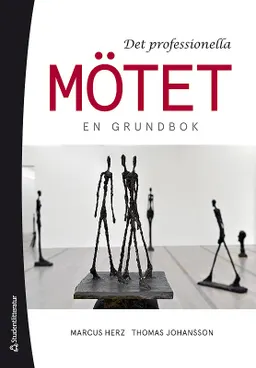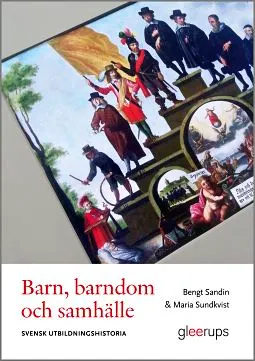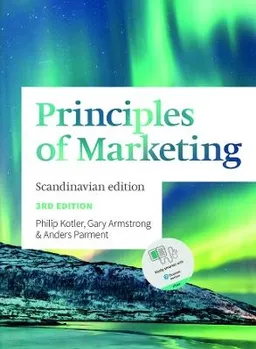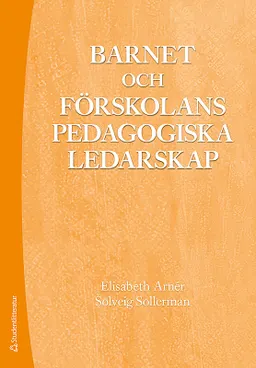This book is a vivid and comprehensive account of the Aztecs, the best–known people of pre–Columbian America. It examines their origins, civilization, and the distinctive realms of their religion, science and thought. It describes the conquest of their empire by the Spanish, and their present–day survival in Central Mexico. It makes use of the results of the latest excavations, of all available historical documentation, and of the author's first–hand knowledge of Aztec sites and artifacts.
Aztec civilization was forged by the blending of two different cultural traditions: the ancient agricultural civilizations of Central Mexico and the immigrant warrior tribes from the northern deserts. Michael Smith describes the Aztecs' rapid ascent to regional power. He shows how, in order to feed their several million people, they transformed the landscape – digging canals, draining swamps, and terracing hillsides. From the fruits of these labors sprang craft specialists whose technological and design skills supplied goods for the market–places of every city, town, and village.
The author uses new evidence to reconsider the luxurious lifestyles of the nobility and the role of their castles as seats of government for the empire's city–states. He reinterprets the role of religion in imperial rule and daily life and, in explaining the Aztecs' frequent rituals of human sacrifice, shows how central these were to the workings of their society.
The concluding chapters of the book describe the arrival of Cortés in 1519, his conquest of the empire, and the spread of European diseases which decimated the population and brought the Aztec civilization to an end. Yet the Aztec people and language survived, and form, as the author reveals, a vital part of contemporary Mexican culture.
Åtkomstkoder och digitalt tilläggsmaterial garanteras inte med begagnade böcker








